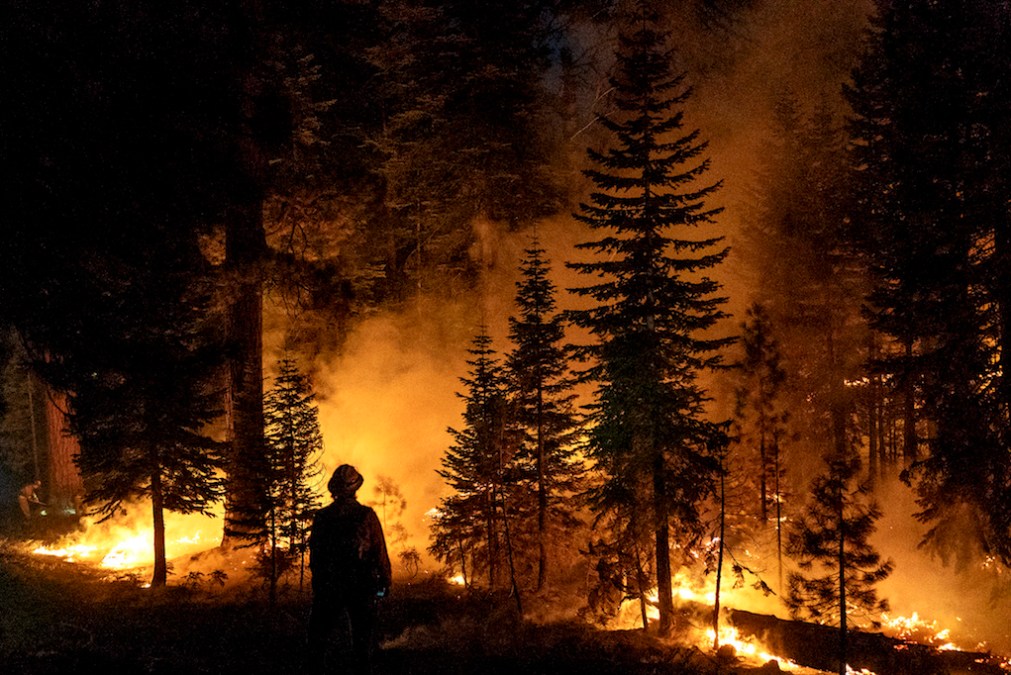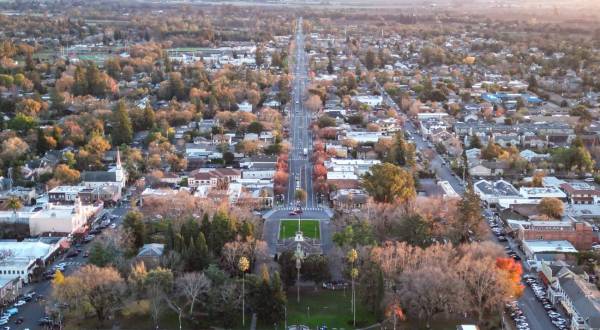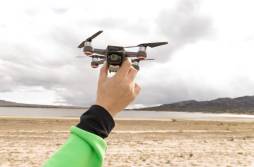California is planning a technology conference to help it fight wildfires

Throughout what’s already been the most destructive year for wildfires in recent memory, California has repeatedly developed technology-driven solutions to combatting the blazes and getting its residents out of harm’s way. Officials have developed new databases to track the evacuations of hospitals, used drones originally designed for video games to map firefighter movements and fought with Verizon over data plans for devices used in the field.
Anticipating more busy fire seasons in 2019 and beyond, state officials this week announced they’re convening a special conference devoted to developing the roles modern technology will play in preventing and extinguishing wildfires. The first-ever Wildfire Technology Innovation Summit will take place over two days next March, featuring state and local officials from multiple departments, academic researchers and representatives from the tech and communications industries.
“We cannot just accept devastating wildfires as the new normal,” Michael Picker, the president of the California Public Utilities Commission (CPUC), said in a press release. “California is the global leader in technology and innovation. We can develop game-changing solutions and get ahead of this problem”
According to a the commission published earlier this year, 44 percent of California’s landmass is at high risk for wildfires. That area covers about 4 million people living in 1.4 million housing units, 4.2 million wooden utility poles and about 200,000 miles of overhead wires. It also includes some of the state’s fastest-growing areas, which are projected to add more than 1 million new homes by 2050.
Eleven months into 2018, wildfires have already scorched 1,671,255 acres, according to the state Department of Forestry and Fire Management (also known as Cal Fire), including this month’s Camp Fire, which stands as the deadliest wildfire in California history with 88 fatalities.
Recent fire seasons have brought a few innovations in how California responds to its wildfire scourge. Late last year, the state California Health and Human Services Agency, which regulates hospitals, mental-health centers and daycares, ordered the facilities it oversees to start reporting their statuses during fires in a standardized format, rather than the hodgepodge methods that had been used by different types of health and care providers. With consistent data sets, CHHS’s technology team was able to overlay that information onto a GIS-based map to help the agency figure out which locations needed to be evacuated first.
Another development came in August, when firefighters trying to put out the Mendocino Complex Fire — which ultimately burned 459,000 acres to become the largest in state history — started tracking their movements using unmanned aerial vehicles equipped with software originally made for hobbyists racing drones. The software, developed by a firm called Edgybees, was first designed to show users lasers and checkpoints; it was retooled to give fire officials piloting their drones the mapped locations of landmarks, fire lines and their crews heading into the flames.
California’s firefighters have also had tech-fueled struggles this year. Also during the Mendocino blaze, a fire department dispatched from Santa Clara County found itself unable to use its internet-connected devices in the field because it had hit its monthly data limit with Verizon, which started throttling the traffic coming to the Santa Clara firefighters’ mobile equipment. While the data-limit issue was quickly settled after it became public, the episode was cited in the ongoing litigation between 22 states and the U.S. government over the Federal Communications Commission’s reversal of net-neutrality rules, and prompted the 30,000-member California Professional Firefighters union to endorse a state bill reimposing net neutrality.
Programming for the March conference tentatively includes segments on the development of a high-definition camera network that can help state officials model weather, hardening critical infrastructure against fires, and using technology to detect safety hazards and improve asset management.






